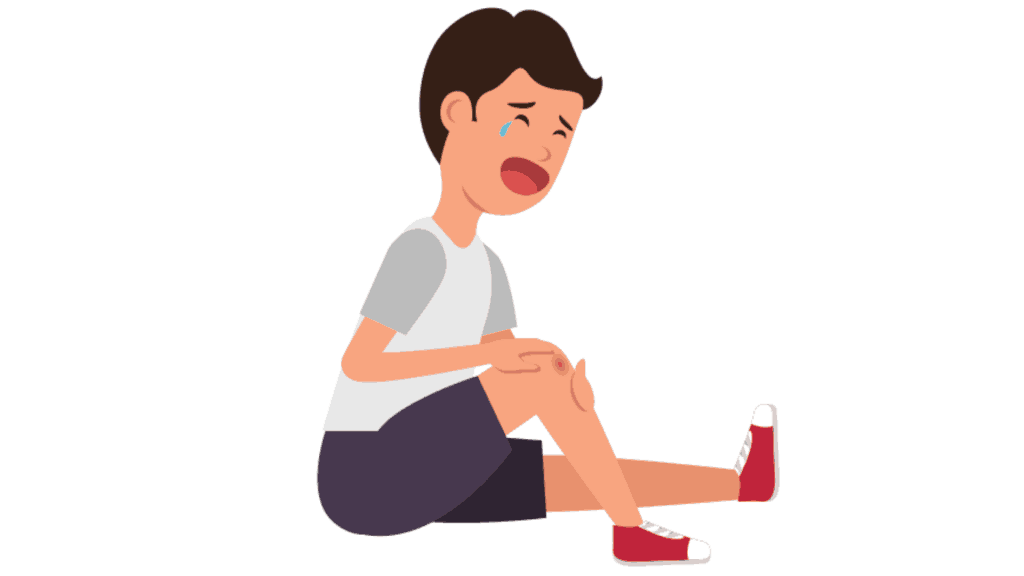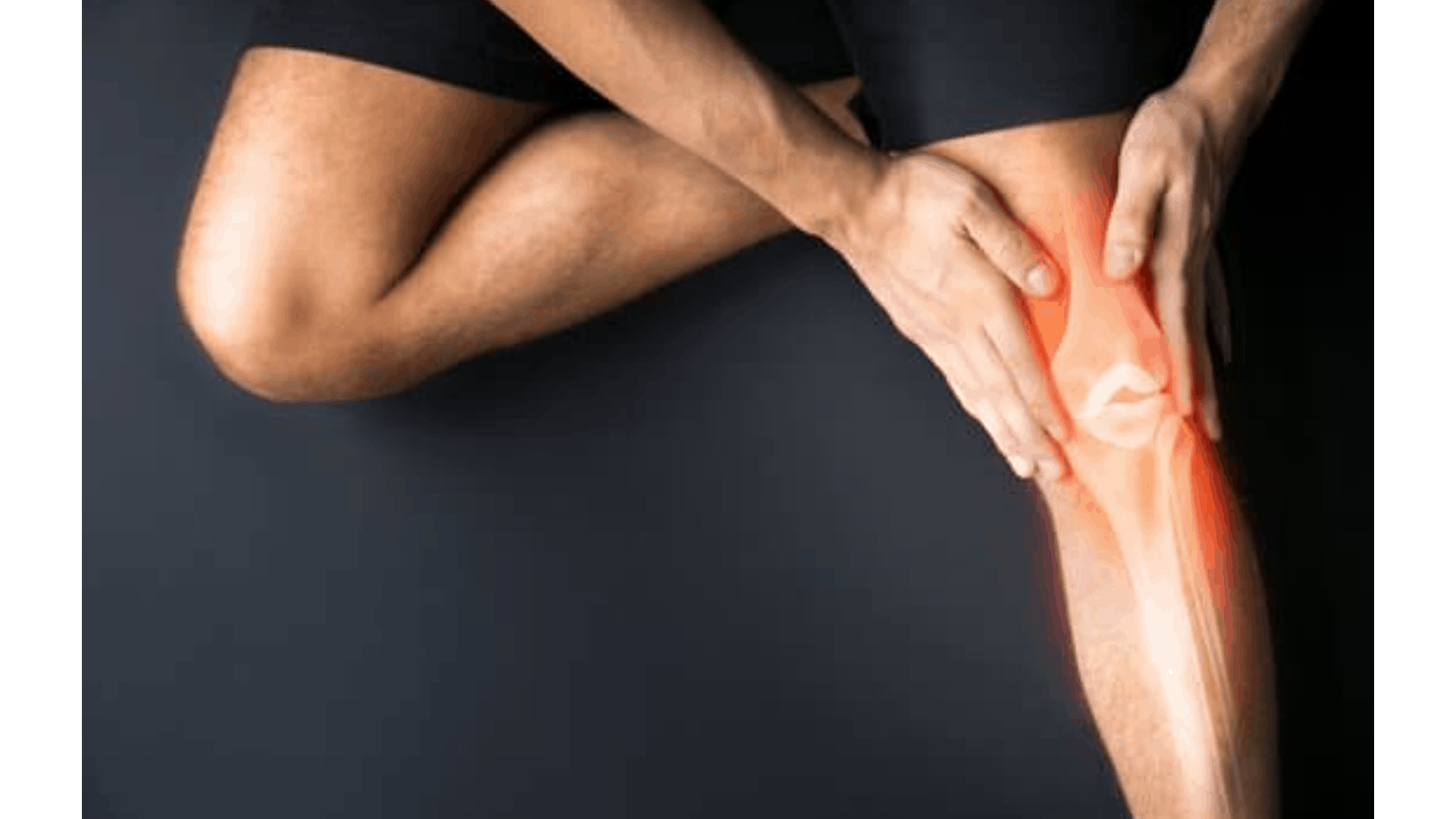Long mileage hikes can be pretty demanding on the body, especially if you’re carrying a heavy pack. Personally, pain always seemed to start at the knees and branch out from there.
Knee pain is by far the most common injury among endurance hikers. Even a minor injury can keep you sidelined for months if you’re not careful. Luckily, with some basic stretches most knee injuries can be prevented.
Table Of Contents
Strengthening Knees Before You Hit The Trail

Do you have creeky knees? You probably just need to do a basic strength/mobility program to increase your endurance and flexibility. It shouldn’t take long to see a noticeable difference in knee strength/flexibility.
Before heading out on a long hike, give yourself a few weeks to increase your knee strength.
Knee Pain Isn’t Always Caused By Weak Knees
Knee pain is usually the result of a muscle imbalance in the surrounding areas. Strengthening the surrounding areas and increasing your ankle/hip flexibility will significantly reduce knee pain.
Head down to your local gym and strengthen up your quads, hamstrings glutes and calves. A little bit of strength building goes a long way. You don’t have to get obsessed with the gym and get bulky.
The majority of your strength gains happen in the first 3 months to 1 year. After that, it’s going to take a lot of hard work and dedication to continue seeing strength gains. It’s so much easier to maintain muscle than to build it in the first place.
Maybe You Should See A Doctor
If you’ve had consistent knee pain for years that won’t go away you might need to see a doctor. Some overuse injuries just can’t be solved by strength training alone.
Do you remember a specific time when the injury started? Knee injuries are notoriously finicky and may never go away without surgical intervention.
5-10 Minute At Home Knee Strengthening Routine
You shouldn’t have to just deal with knee pain. With a basic home workout you can strengthen up your knees and surrounding areas.
Completing The Circuit
- 2-3 Sets (Make Sure You Repeat on Both Sides)
- 10-20 Reps on Each Side(complete all 3 sets before moving on to another exercise)
- Rest 30-60 Seconds Between Sets
Optional: As you progress add additional sets and exercises. Once these exercises get easy you can add adjustable ankle weights (On Amazon) to further your strength routine.
Straight Leg Lift (Strengthens Hip Flexors)
This lift strengthens up your hip flexors that help lift up your leg. They play a significant role in stabilizing your knees. This should help prevent rotation and bowing knees as you walk.
- Lie on your back, with one knee up and your other leg extended straight
- Tighten up your abs and lift up your straight leg until your knees are lined up.
- Lower your leg back to the ground and repeat the process. Adding weight and keeping your extended leg off the ground will increase the difficulty level.
- Repeat the process and continue on the opposite side.
Side Leg Lift (Strengthens The Gluetus Medius)
Your gluteus medius is an essential muscle for maintaining balance and stabilizing the knee on the trail. Side leg lifts are an easy way to strengthen up your core while improving knee function.
- Lay on your side and prop up your body with the same sides forearm. Prop yourself up and engage your core holding your midsection straight. Adjust your knee position on the ground to stabilize your body throughout the exercise.
- Engage your core(abs, butt, hips) and keep your body in line. Lift up your straight leg until it’s a few inches above your hips.
- Lower the leg back down and repeat the process eventually moving on to the other side.
Internal Thigh Lift
The internal thigh lift will feel a little awkward, but it will quickly strengthen your inner thighs. This is an unusual movement that reduces side to side sway over the course of a hike.
- Lay down on your side on your hip and elbow. Keep your elbow directly below your shoulder.
- Straighten out your lower leg and wrap your top leg up and over your bottom leg(watch the video it’s way less confusing).
- Lift up your straight leg a few inches off the ground. Keep your toe straight with your foot flexed.
Plank With Leg Raise
- Get in the plank position resting your upper body on your forearms and lower body on your toes. Hold this position for a count of 5 before starting the leg raise.
- Balance on your forarms and one foot raising up the opposite leg until it’s straight with your body. Alternate legs and keep repeating until you have 10-20 reps on each side.
Stabilizing Your Knees On The Trail
Unfortunately, most of us don’t realize we have weak knees until we’re actually on the trail. If you experience knee pain on the trail you can use knee wraps(my favorite) or wrap them with elastic bandages from your first aid kit.
Wrapping up your knees should help significantly prevent and reduce swelling in the knees. Check out the video below for help wrapping your knees with elastic bandages.
If you don’t have a way to wrap your knees you can reduce the pain with massage, foam rolling, and using trekking poles. Try to take a short break every 30-60 minutes to give your knees a rest. Pushing through the pain will just make matters worse and may even lead to a long term injury.



